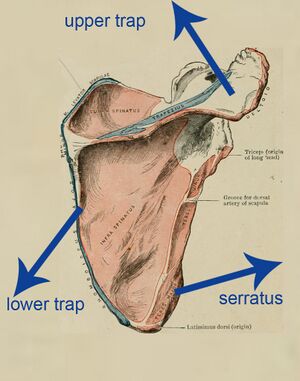Muscle Movement/Contraction Vocab
1/14
Earn XP
Description and Tags
Flashcards on Skeletal Muscle Structure and Function
Name | Mastery | Learn | Test | Matching | Spaced |
|---|
No study sessions yet.
15 Terms
Concentric Contraction
Contraction with shortening where a muscle produces an active force and simultaneously shortens.
Eccentric Contraction
Contraction with elongation; muscle produces an active force but is simultaneously pulled to a longer length by a dominant external force.
Isometric Contraction
Contraction with no movement; muscle generates an active force while remaining at a constant length.
Agonist
Muscle or muscle group most directly related to performing a specific movement.
Antagonist
Muscle or muscle group that oppose the action(s) of the agonist.
Co-contraction
Occurs when agonist and antagonist muscles are simultaneously activated to stabilize and protect a joint.
Synergists
Muscles that work together to perform a particular action.
Force-Couple
When muscles produce force in different linear directions but produce the same rotary direction.

Length-Tension Relationship
The length of a muscle has a significant impact on the force it can produce.
Horizontal plane movement of the knee
Internal and external rotation
Function of Anterior Cruciate Ligament
Resists anterior translation of the tibia (open-chain) and posterior translation of the femur (closed-chain).
Knee Extensors (Quadriceps)
Rectus femoris, vastus lateralis, vastus medialis, and vastus intermedius.
Hamstrings (Knee Flexors)
Semitendinosus, semimembranosus, biceps femoris (long head), and biceps femoris (short head).
Actions of Popliteus
Knee internal rotation and knee flexion
Patellofemoral joint functions
Acts to transmit quadriceps force across the knee and enhances the leverage of the quadriceps.